
Table of Contents:
Welcome to the World of 3D Modeling!
Hello! Are you curious to know what 3D modeling is and why it’s so important? You’re in the right place! In this article, we’ll guide you through the basics of 3D modeling in a simple and fun way. Whether you’re a complete beginner or an enthusiast, there’s something new and exciting for everyone.
What is 3D Modeling?
3D modeling is a bit like digital sculpting. Imagine having a virtual block of clay that you can shape into any form you desire, but instead of using your hands, you use a computer. Technically, it’s the process of creating a three-dimensional representation of an object using specialized software. This allows you to view objects and designs from every angle, just as if they were real!
A Pinch of History
3D modeling isn’t new; it began to gain traction in the ’60s with the advent of the first graphic computers. Since then, it has become a fundamental part of many sectors, from creating animated films to designing cars. Its evolution has led to significant improvements in technology and rendering techniques, making it an indispensable tool in modern design.
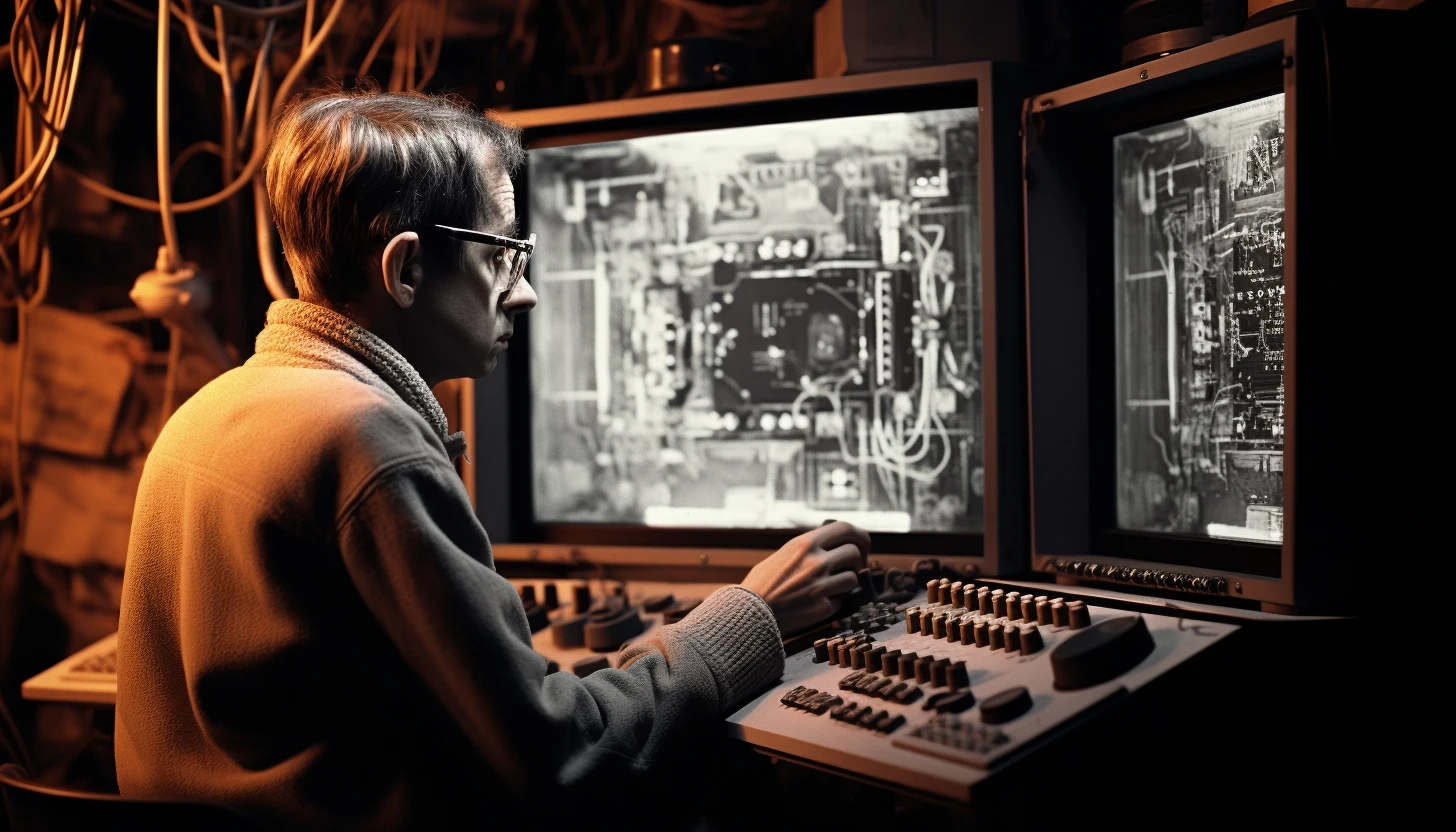
Different Types of 3D Modeling
3D modeling comes in various forms and applications. Here are some examples:
Polygonal Modeling: This type of modeling uses polygons to create surfaces. It’s very common in video games and animation.
NURBS Modeling: NURBS stands for Non-Uniform Rational B-Splines. This type of modeling is based on mathematical curves and is often used in industrial and automotive applications.
Digital Sculpting: Similar to traditional sculpting, this method allows artists to “sculpt” digital shapes intuitively.
Parametric Modeling: Used mainly in engineering and architecture, this technique is based on parameters and constraints to define shapes.
Procedural Modeling: This type is based on algorithms and rules to generate complex shapes, often used in special effects and natural environments.
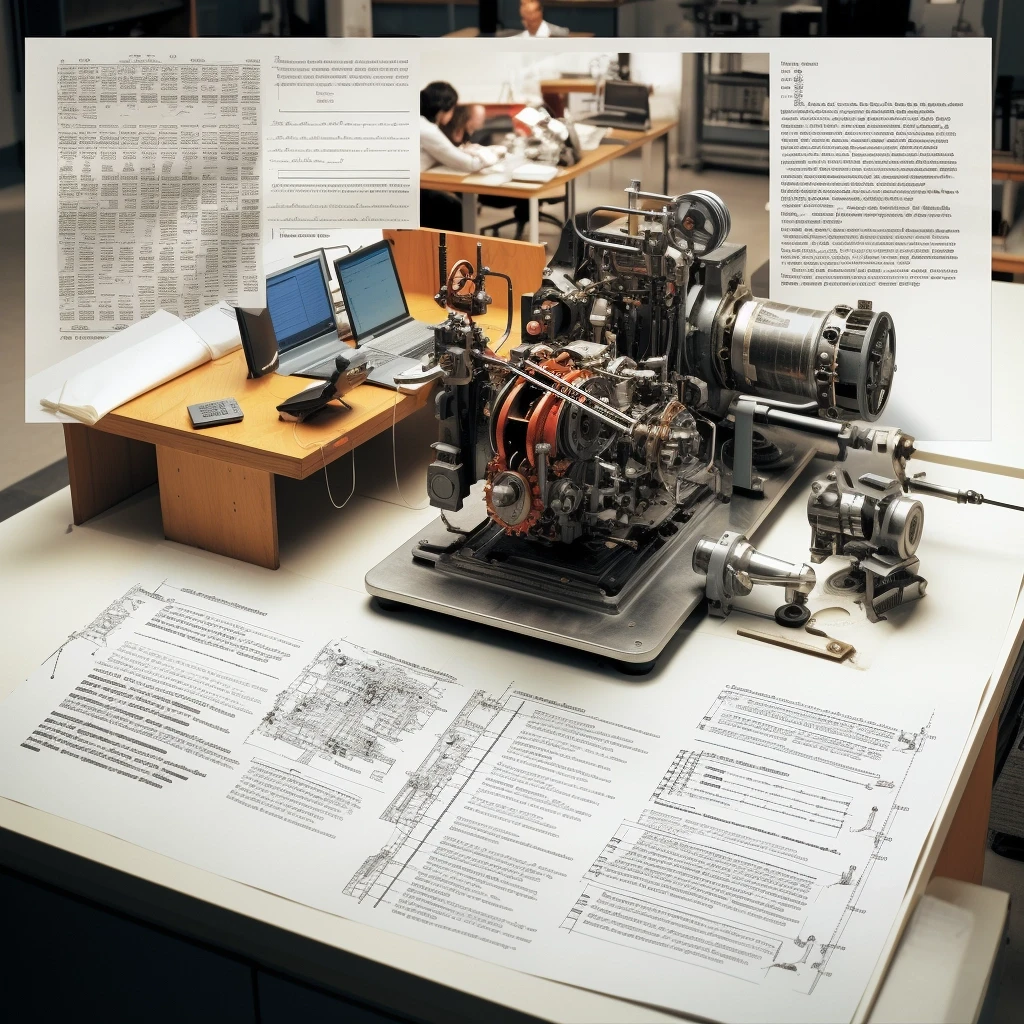
To explore these various types of 3D modeling further, stay tuned for our upcoming articles!
Where is 3D Modeling Used?
You might ask, “What is 3D modeling used for?” It’s a versatile technology that’s omnipresent across various industries. Here are some surprising examples:
In Cinema: To create those incredible special effects in movies.
In Architecture: To visualize buildings before they are constructed.
In Medicine: To help doctors plan complex surgeries.
In 3D Printing: To turn digital ideas into real objects.
In Interior Design: To visualize spaces and furnishings before they are realized.
In the Automotive Sector: For the design and prototyping of new car models.
These examples illustrate just how integral 3D modeling has become to our world, transforming how we create, design, and understand objects in three-dimensional space.

Tools of the Trade
There are many 3D modeling software options out there, from free ones like Blender to professional ones like Autodesk Maya, 3ds Max and Zbrush. The choice depends on what you want to create and your level of experience. Each software has its peculiarities and tools, so it’s worth exploring different options to find the one that best suits your needs.
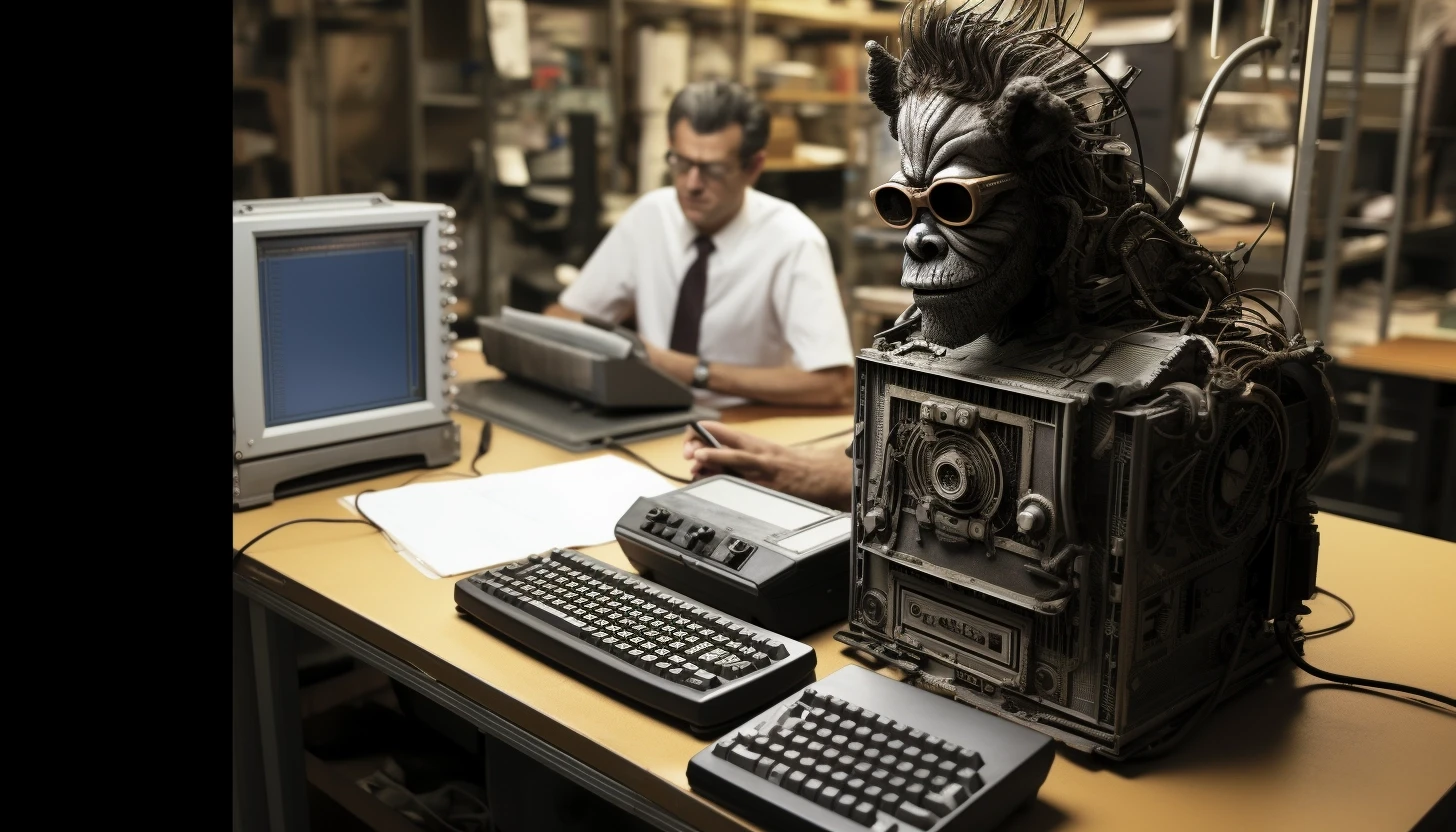
To stay updated on the latest news and reviews of the most effective 3D modeling software, don’t miss our upcoming insights!
The Art of 3D Rendering in Interior Design
While 3D modeling allows us to create shapes and structures, 3D rendering is what brings these models to life, especially in the field of interior design. Rendering is the process through which photorealistic images are created from 3D models by applying lights, materials, and textures. This technique is essential for visualizing how interior spaces will come to life before actually implementing the project.
3D Rendering Techniques
To achieve high-quality results, designers use various rendering techniques. Rendering can be real-time, useful for interactive visualizations, or offline, which produces higher quality images thanks to longer processing times. Techniques like ray tracing simulate the path of light to create realistic effects such as reflections and soft shadows.
Software for 3D Rendering
Programs like V-Ray, Corona Renderer, and Octane Render are popular among professionals for their realism and efficiency. These software offer a wide range of options to customize rendering, allowing designers to create environments that range from realistic to stylized.
To discover the best software for 3D rendering, stay tuned for our upcoming articles!
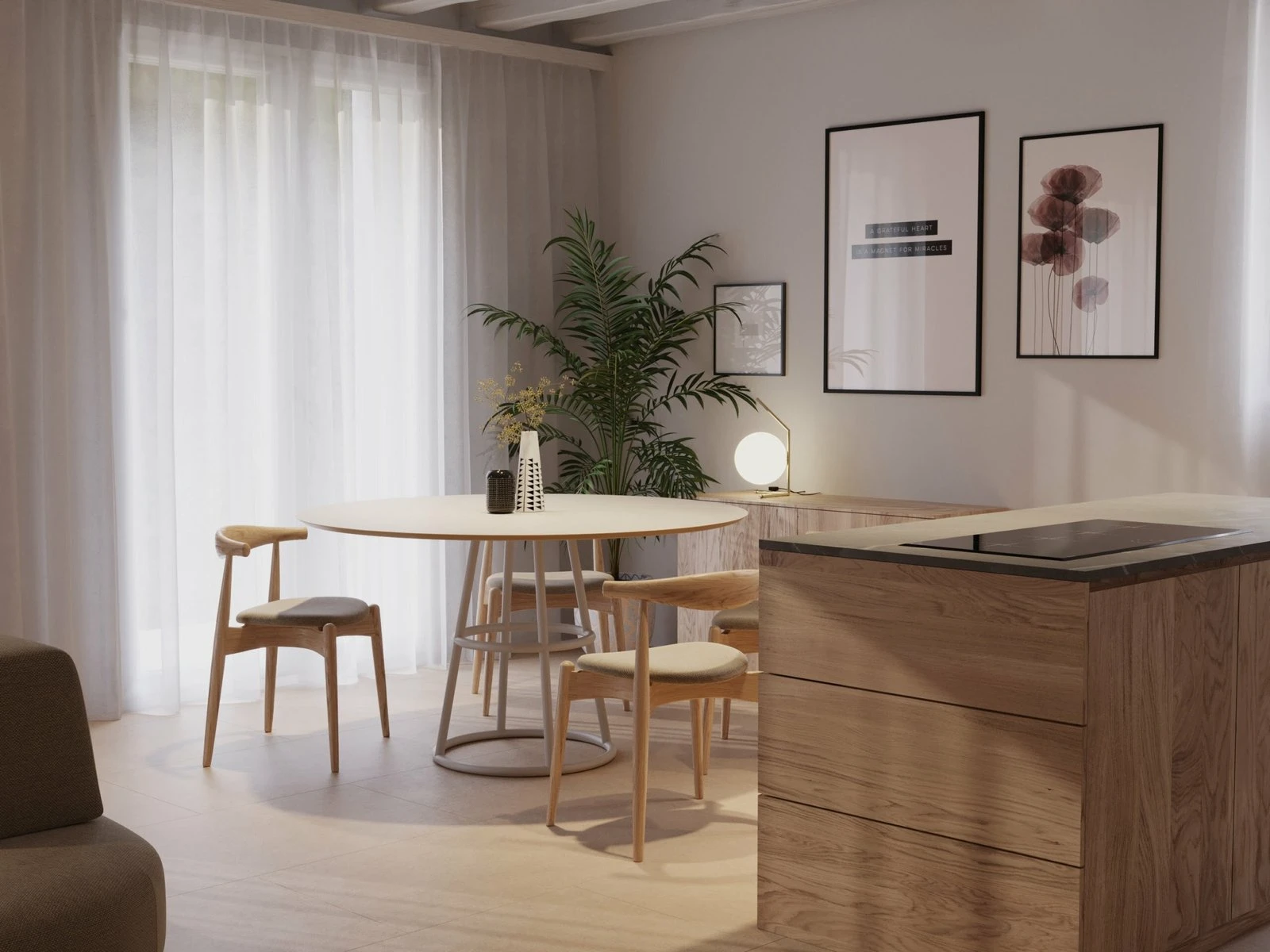
Innovation and Style: The Revolution of 3D Modeling in Interior Design
3D modeling has become the beating heart of innovation in interior design, offering interior designers a powerful tool to visualize and refine spaces before their physical realization. With the aid of cutting-edge software, professionals can now immerse clients in detailed virtual representations, allowing for an early view of future environments.
This process not only improves communication and decision-making between designer and client but also allows for navigating through a wide range of styles – from modern to rustic, from industrial to minimalist – and incorporating the latest trends such as multifunctional spaces, sustainable furniture, and smart home technologies. 3D modeling, therefore, is not just a visualization tool but a true creative laboratory where functionality meets aesthetics, and where ideas take shape dynamically and interactively, laying the groundwork for a new era of interior design that marries tradition and technological innovation.
Artificial Intelligence in 3D Modeling: An Innovative Horizon
The advent of artificial intelligence is transforming the landscape of 3D modeling and rendering. AI tools not only automate parts of the creative process but also offer new possibilities for generating complex models and optimizing rendering times. This synergy between human creativity and algorithmic precision is opening new frontiers, making 3D modeling more efficient and allowing designers to immerse themselves in unprecedented creative explorations. With AI, a future is envisioned where the creation of virtual worlds and the prototyping of designs will be more intuitive, faster, and more engaging, thanks also to the integration with technologies such as augmented reality and virtual reality.
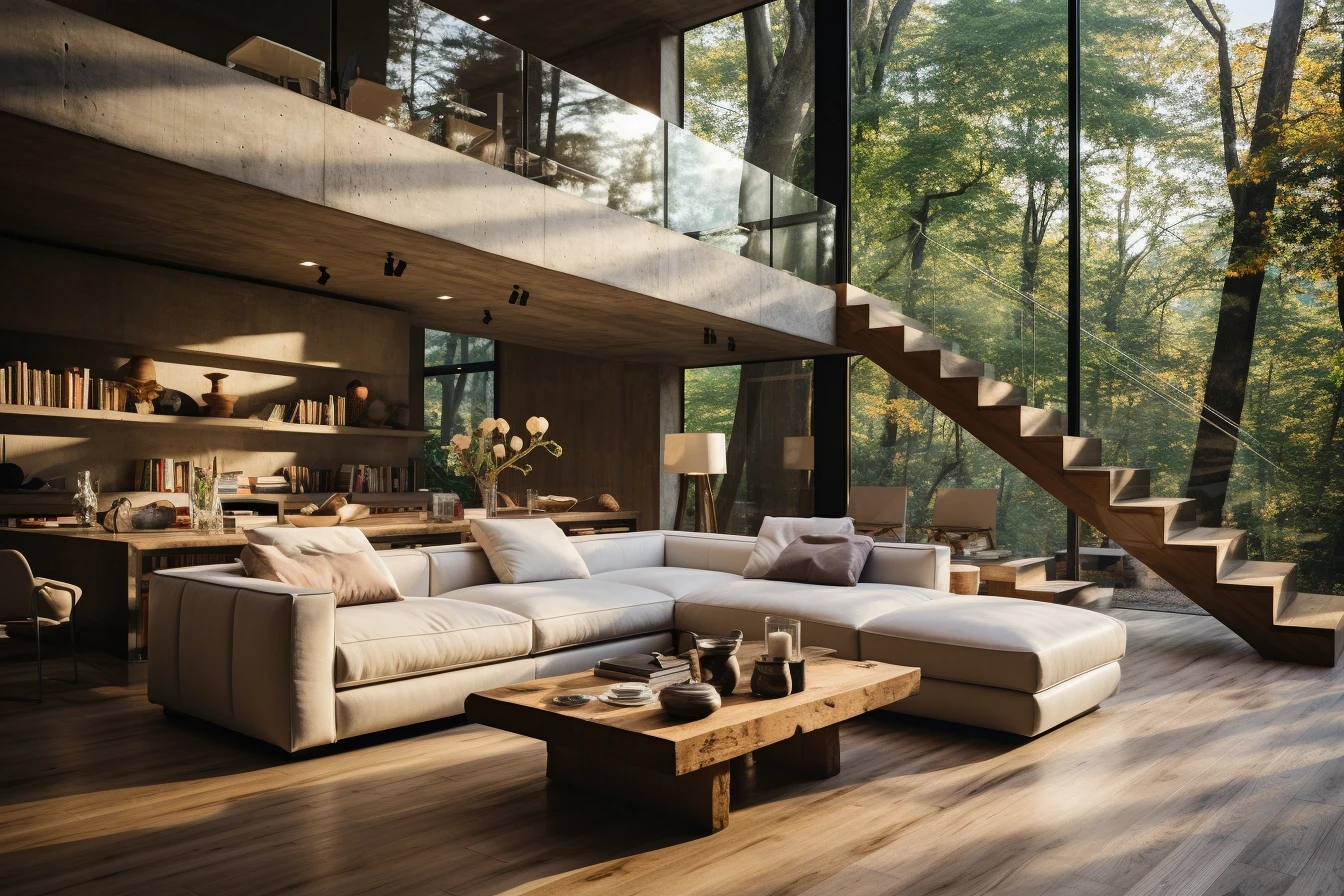
Conclusion: A World of Possibilities
3D modeling opens up a world of creative and practical possibilities. Whether you’re an artist, a designer, or just curious, there’s always something new to discover and create. So, why not start your journey into the three-dimensional world today? With the right combination of creativity, curiosity, and technology, the possibilities are endless.
F.A.Q.
What is 3D Modeling?
3D modeling is the process of creating a three-dimensional representation of an object using specialized software. It is widely used in various sectors, including animation, engineering, architecture, and video games.
What is 3D modeling and how does it differ from 3D rendering?
3D modeling is the process of creating digital objects in three dimensions, while 3D rendering is the art of turning these models into static images or animations that look real, with lights, shadows, and textures.
Which software is recommended for beginners in 3D modeling?
For beginners, software like Blender and SketchUp are often recommended. They are relatively intuitive and have a wide range of online educational resources.
Can I use 3D modeling for 3D printing?
Yes, 3D modeling is essential for 3D printing. The 3D models created can be exported in formats compatible with 3D printers for physical production.
How long does it take to learn 3D modeling?
The time it takes to learn 3D modeling varies depending on the software chosen and the level of detail desired. Beginners can start creating simple models in a few hours, but mastering more advanced techniques can take months or years of practice.
In which sectors is 3D modeling becoming indispensable?
Beyond interior design, 3D modeling is crucial in sectors such as cinema, architecture, medicine, automotive, and industrial production.
Do I need artistic skills to do 3D modeling?
While artistic skills can be helpful, they are not strictly necessary. Many people with technical or scientific backgrounds excel in 3D modeling, especially in fields like engineering or architecture.
Can I make a career with 3D modeling?
Yes, 3D modeling offers various career opportunities in sectors such as animation, video game design, cinema special effects, architecture, product design, and many others.
How can 3D modeling improve the interior design process?
It allows designers to visualize and modify spaces interactively, improving communication with clients and allowing for the exploration of different style and layout options before physical realization.
What are the implications of artificial intelligence in 3D modeling?
AI is automating and optimizing the modeling and rendering process, making model creation more efficient and allowing designers to focus on more creative aspects of design.
